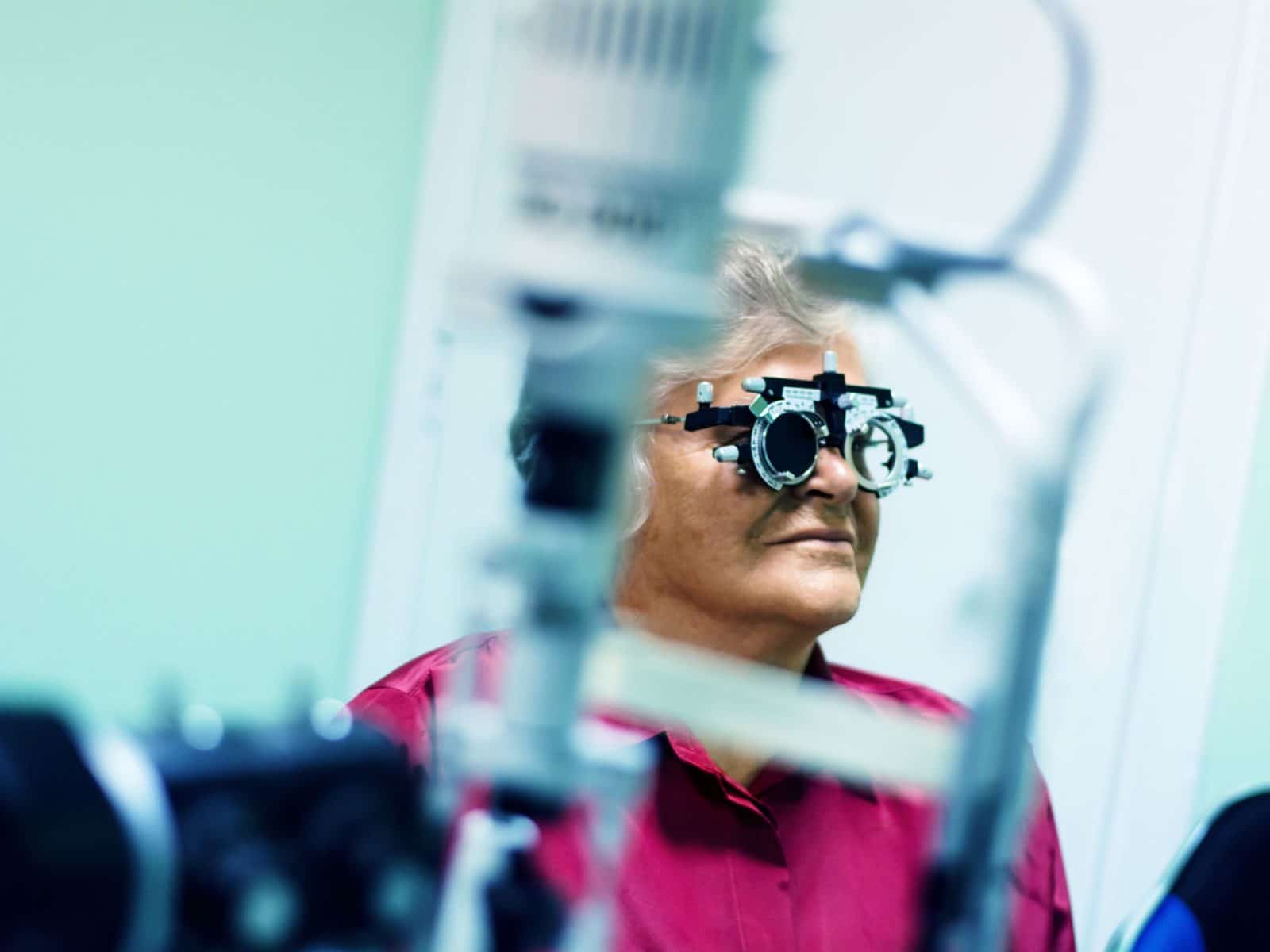An astigmatism and cataracts are two very different things, but they are often discussed together due to a previous conflict in corrective surgery.
Cataracts are when the lens of the eye becomes translucent as opposed to transparent, a sort of obstruction of the lens, and develops with age. Cataracts typically develop in a person’s 60s, but it varies from person to person.
An astigmatism is when a person has a misshapen cornea, and it has more to do with genetics than anything. It develops earlier in life, as early as teens or early 20s.
An astigmatism is corrected quite successfully with laser eye surgery and has been for a couple decades. LASIK is one type of laser correction surgery that basically works by correcting the shape of the cornea.
A cataract is corrected by surgically removing the afflicted lens and replacing it with an intraocular lens implant.
In the past, intraocular lens implants could not correct an astigmatism. Patients could receive surgery to remove cataracts but would still have to rely on glasses to see clearly unless they were not burdened with an astigmatism in the first place. A minor correction of an astigmatism during cataract surgery could be made if the ophthalmologist made proper incisions in the cornea, but a complete correction to both was not possible.
Now, however, the two can be corrected with one surgery. An ophthalmologist can take careful measurements of a patient’s eye and map the astigmatism. Today’s option, the Toric IOL, has cornea-shaping markers that the ophthalmologist can position during surgery to correct the astigmatism and cataracts at the same time.
The Toric IOL doesn’t complicate cataract surgery any more than other intraocular lens implants, and it has a high success rate of improving or eliminating a patient’s dependence on glasses.
Comments are closed.



